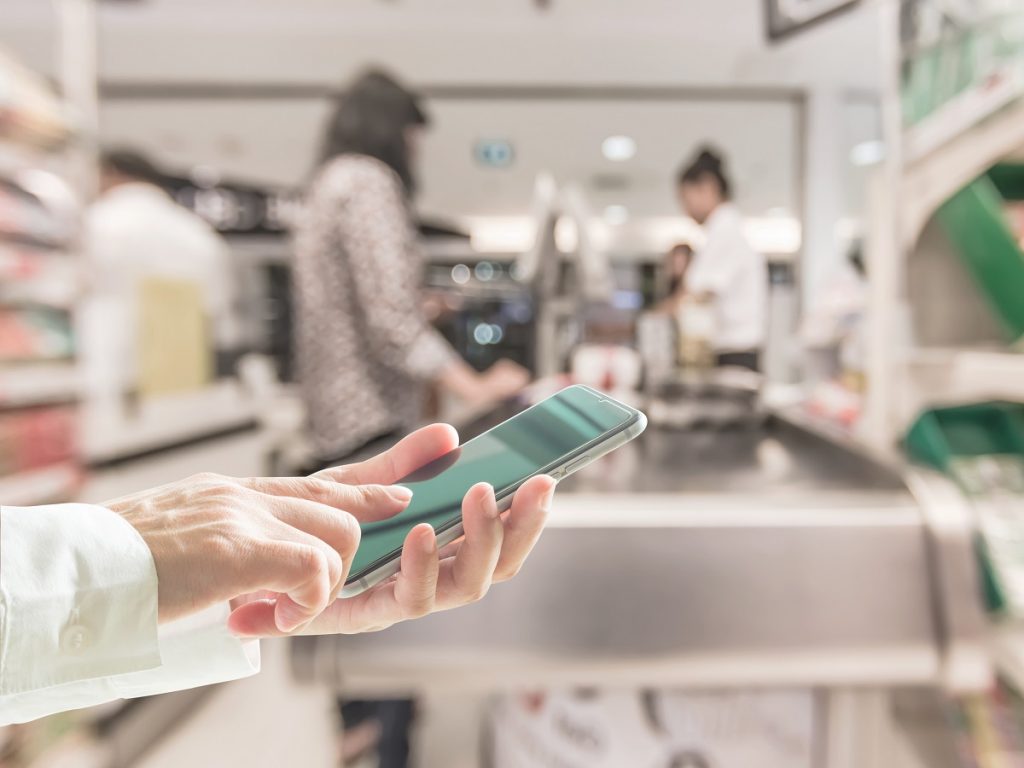The future of retail is online.
The pandemic has only accelerated the adoption of e-commerce which, for the past decade, has been growing steadily and rapidly. In the United States, consumers spent $861.12 billion on internet merchants throughout 2020, a 40% increase from the $598 billion from the year before.
Consumers are choosing online shopping over traditional retail because it offers convenience. Products are sent directly to their doorsteps after a few days. There is still a demand for brick-and-mortar stores, but e-commerce has proven to become resilient despite the global public health and economic crisis. It is bit by bit encroaching on the market share of traditional retail.
E-commerce will continue to be competitive as it undergoes constant technological evolution. In 2021 and beyond, consumers will likely see these features integrated into their favorite online stores.
Augmented Reality Enhances Shopping Experience
The traditional brick-and-mortar store has one advantage over e-commerce: consumers can see, feel, and try on products before making a purchase. For years, to encourage patronage, consumers were allowed to place an order, try on the product upon arrival, and send it back free of charge or for a small fee if it does not work out. However, the process is expensive, especially for small businesses.
Nowadays, some e-retailers are making it easier for consumers to experience the product before buying with the use of augmented reality, better known as AR. Immersive technology is not new. It has been around even before iPhones. However, it was only recently that its potential has been fully realized in retail.
As the name suggests, AR blends digital images with reality. With AR, a customer can place a sofa in their living room to see if it is a good match before purchase. It also allows the shopper to put on a shade of lipstick on their face to try on.
WebAR’s e-commerce offers enable consumers to use immersive technology to interact with a product digitally. Integrating AR into a webstore can increase sales. One survey found that 63% of customers felt that their shopping experience has increased because of AR. Meanwhile, 70% will be loyal to brands that use AR.
Some companies that now use AR applications to improve customer exprience include Sony Electronics, Amazon, Ikea, L’Oréal, and Etsy.
Predictive Analytics Makes Finding Products Easier
If the consumer can find the product that they are looking for, even before they realize that they want it, they will become more likely to make the purchase.
Browsing a store’s entire catalog, even online, is not easy. A big store has hundreds of products. It can take a customer several minutes to find a specific product. Customers expect convenience and speedy shopping experience from e-commerce and, if they do not get it, they likely will be discouraged and leave.
Predictive analysis solves this problem by using data to make suggestions that a shopper may like and buy. It tailors the shopping experience for each customer based on their shopping habits.
On Netflix, about 80% of what subscribers watch is based on the streaming platform’s recommendations. It keeps users engaged by pushing content that the subscriber will more likely watch and enjoy rather than giving a uniform home screen to every viewer.
More Human-Like Chatbots

Chatbots are already being deployed for customer service, but they still are not a replacement for real humans. However, soon, people will no longer be able to discern whether they are speaking to a software or another person.
Chatbots give consumers a quick response if a customer service representative is not available to offer information. They can answer easy questions that previous shoppers have already asked such as shipping updates, product details, or accepted payment methods.
With customer service, promptness and accuracy matter. Too many people have bad experiences with businesses that put them on hold for several minutes to hours. It is reassuring, and it makes the customer feel prioritized when their concerns are addressed immediately.
Chatbots can also help customers place a food order, book a hotel, schedule a flight, check delivery status, or get product suggestions with a few taps of a keyboard. Spotify, Lyft, Starbucks, Pizza Hut, and Whole Foods are already using chatbots effectively to serve all customers who are in need of assistance.
Technology will further change the shopping experience whether online or in-store. These solutions will make searching for and buying a product easier, will provide support for consumers in need faster, and will lead to customization that will further lure customers into the store.
